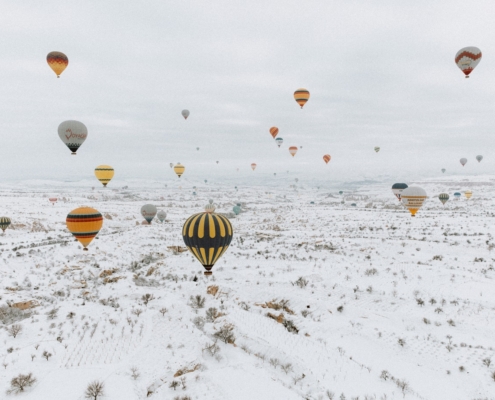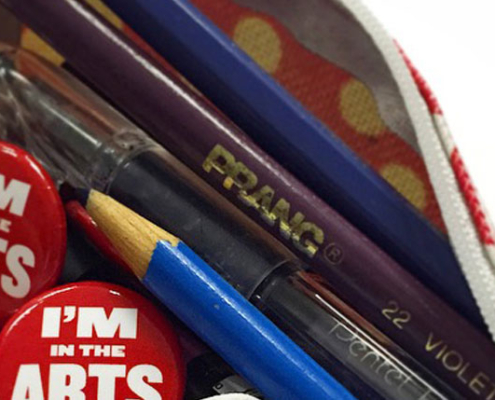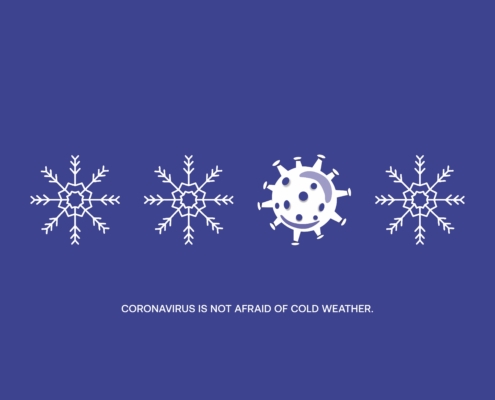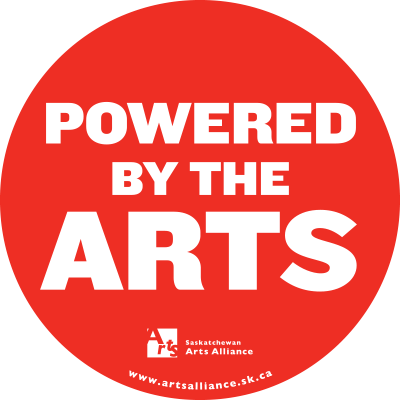Our Research and Reports
Research that is relevant and rigorous is critical for effective decision-making that advances the Saskatchewan arts sector. If the arts and artists in Saskatchewan are to achieve their potential and if we are to develop the policies, programs and resources to make that happen, then fundamental information and evidence specific to our province is needed.
If the Saskatchewan Arts Alliance doesn’t do the primary research to understand our own communities and the role of arts organizations and artists in them no one else will do it for us, answering why research has become increasingly important to SAA’s work.

SAA Report: Demographics
Advocacy, Artists in Saskatchewan, News, SAA Reports, Studies & FactsAs part of our Saskatchewan Arts Research Project (SARP), we asked both artists and the general public about their experience and engagement with and within the arts.
The SAA decided to generate a number of smaller, ‘breakout’ reports…

National Culture Indicators First Quarter 2024
Advocacy, News, Resources, SAA Reports, Studies & FactsStatistics Canada’s news outlet The Daily has released the National Culture & Sport indicators for the first quarter of 2024. The following provides a summary of the most relevant culture data.
The real gross domestic product (GDP)…

The Arts Ecology of Saskatchewan 2023 – Views of Artists & General Public
Advocacy, Artists in Saskatchewan, Resources, SAA Reports, Studies & FactsIn 2014, the Saskatchewan Partnership for Arts Research, a research partnership formed in 2012 by the Saskatchewan Arts Alliance, the Saskatchewan Arts Board (SK Arts), SaskCulture, and the University of Regina, conducted two major surveys to…

SAA Summary: Statistics Canada’s quarterly report for national culture & sport indicators
Advocacy, Arts Spending + Policy, News, Quick Facts, SAA Reports, Studies & FactsAt the beginning of January, The Daily, the media outlet for Statistics Canada released their quarterly report for national culture & sport indicators. This report documents recent changes in GDP & jobs in the culture & sport industries.…

Economic Impact of Arts Organizations Funded by SK Arts
Advocacy, News, Resources, SAA ReportsAs part of the SAA's ongoing efforts to advocate for increased funding to SK Arts, we undertook an investigation into the economic impact of the arts organisations funded by SK Arts, and have sent this report to Minister Ross. It is our hope…

Analysis of the benefits of the arts in Saskatchewan
Advocacy, News, Resources, SAA Reports
Analysis of the benefits of the arts in Saskatchewan
This report provides a summary of Saskatchewan-specific data and qualitative information gathered during an intensive but short-term process of data analysis and research in May and June…

Fine Arts and Arts Education Resources at Saskatchewan Universities
News, SAA ReportsThis report documents changes in fine arts and arts education resources in the province's universities from approximately 2001 to 2021. It updates and complements the SAA's similar reports of 2014, 2015 and 2018.
This report is part of a…

COVID-19 Impact Survey: Artists + Cultural Workers
Artists in Saskatchewan, Arts Organizations, SAA Reports, Studies & FactsThis survey was conducted to assess the initial impact of COVID-19 on artists and cultural workers in Saskatchewan.

SAA: COVID-19 Impact Survey: Cultural Organizations
SAA Reports, Studies & FactsThis survey was conducted by the Saskatchewan Arts Alliance to assess the initial impact on cultural organizations in Saskatchewan resulting from the implementation of social distancing due to COVID-19.

The Value of Arts Education to Student Learning and Development
Arts Education, SAA Reports, Studies & FactsIn this annotated bibliography written by Donna Nikiforuk, you'll about North American and international arts education initiatives that demonstrate the important of maintaining a strong arts education from K-12.

The Value of Arts for Social Cohesion in Saskatchewan
SAA Reports, Studies & FactsDrawing on concepts of cultural ecology and social capital, this report examine public perceptions of the arts within Saskatchewans urban and rural contexts.

Saskatoon Artist and Arts spaces 2018
Artists in Saskatchewan, Resources, SAA Reports, Studies & FactsIn September 2018, the City of Saskatoon contracted the Saskatchewan Arts Alliance to conduct consultations with Saskatoon artists regarding Saskatoon arts spaces.
